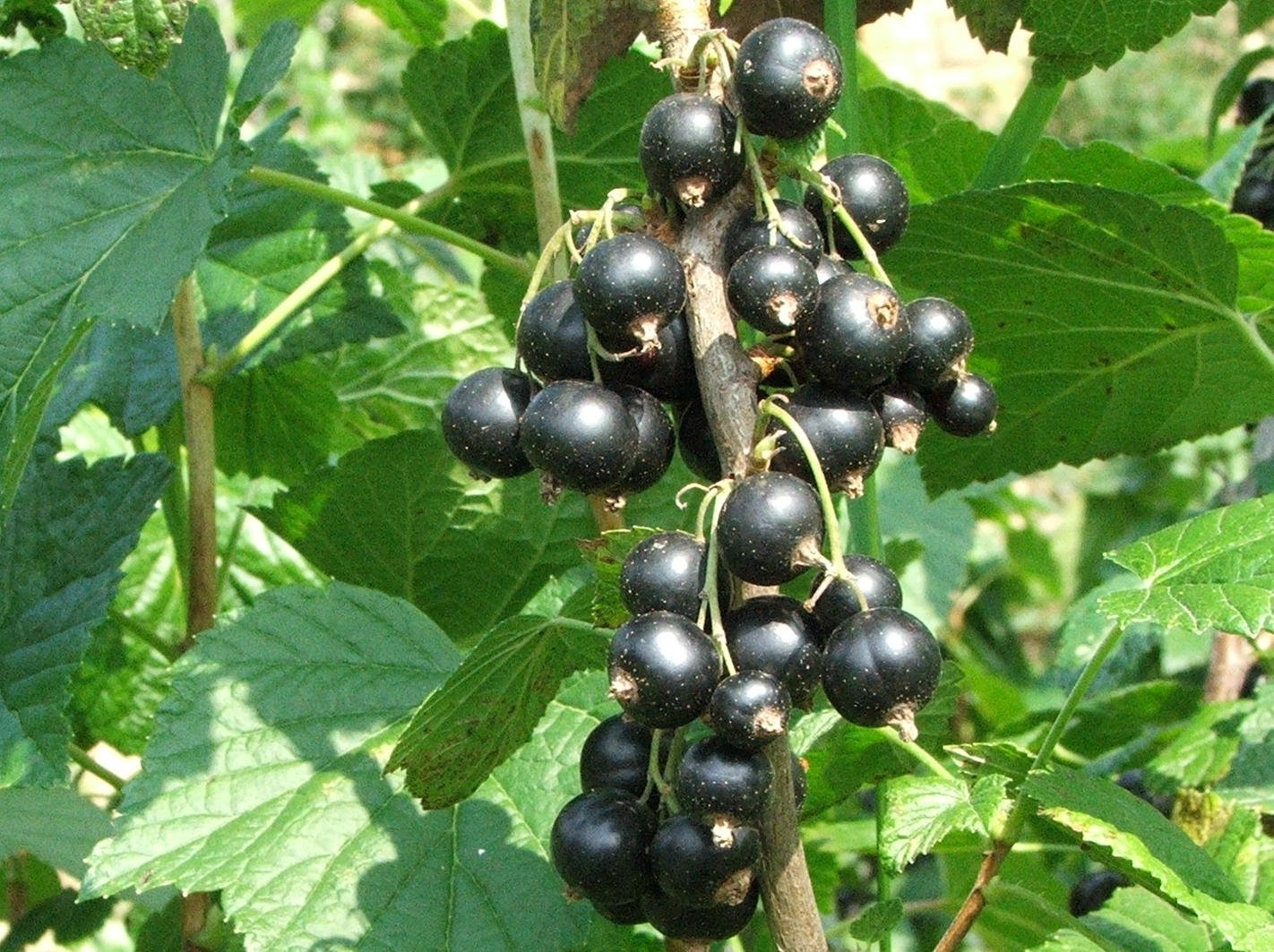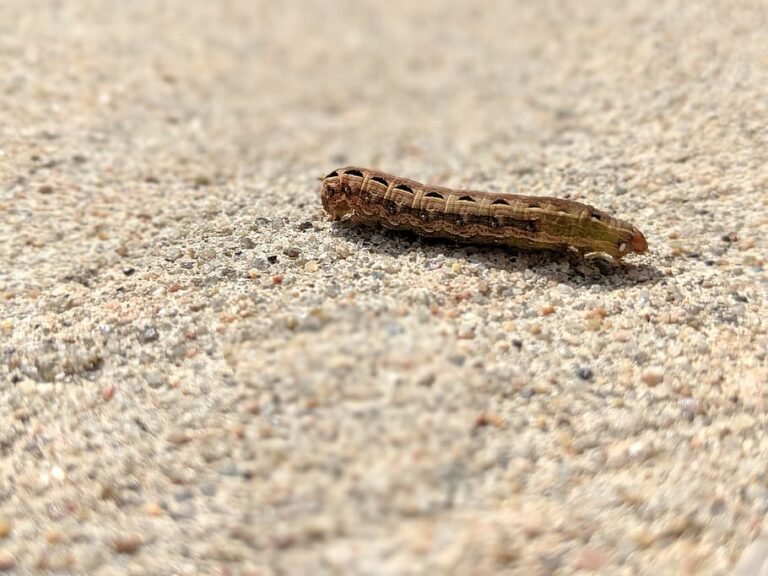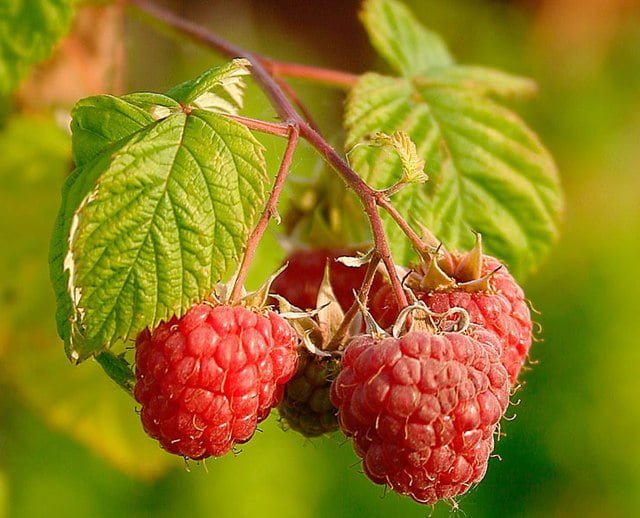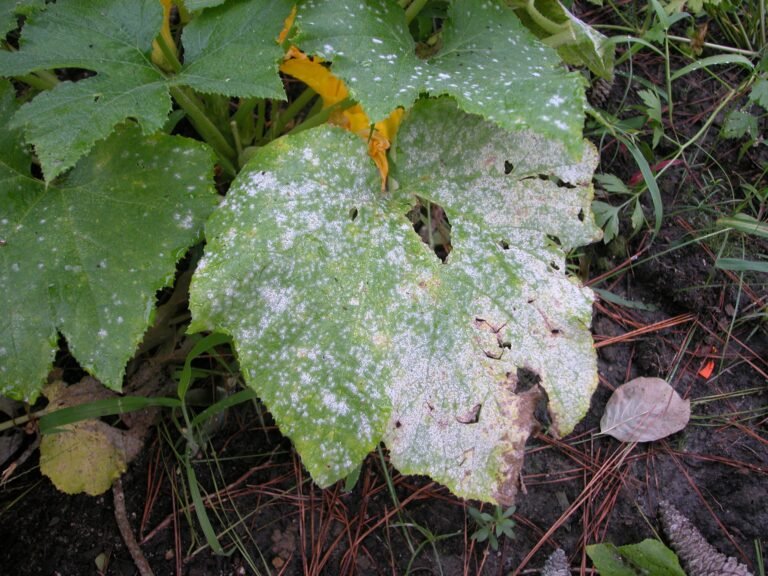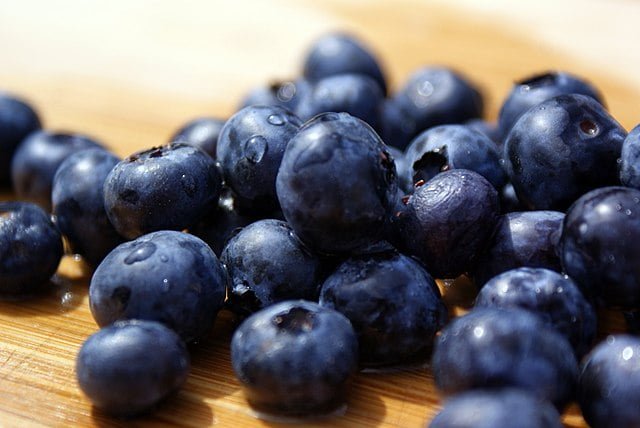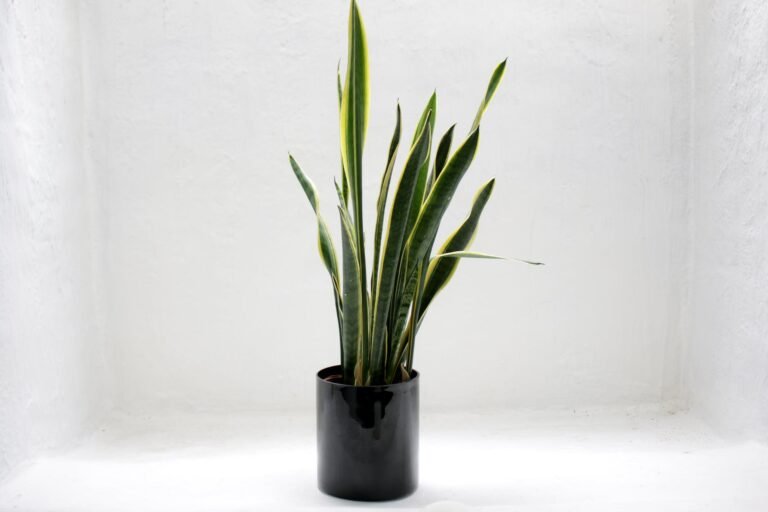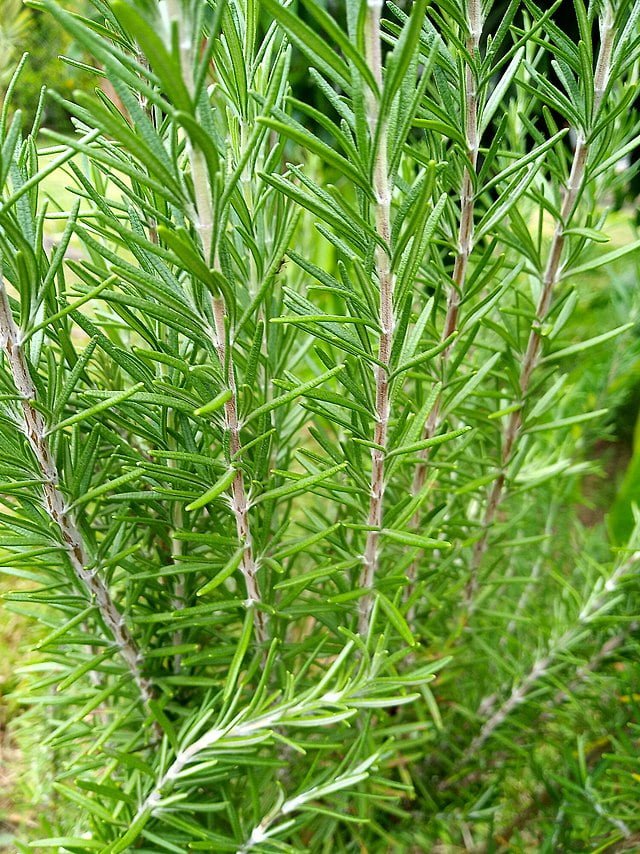A Bountiful Harvest: How to Grow Black Currants in Your Garden
The black currant, Ribes nigrum, is a small, woody shrub famous for its juicy, tart berries packed with Vitamin C. These easy-to-grow and hardy plants not only offer flavourful fruits but also enhance your garden’s appeal with their attractive foliage. Here’s a comprehensive guide to cultivating black currants in your garden.
Understanding Black Currants
Native to Northern Europe and Asia, black currants thrive in cold climates and are resilient to frost damage, making them perfect for regions with harsh winters. They have been traditionally used in jams, jellies, juices, and even in herbal medicine due to their rich antioxidant content.
Site Selection and Preparation
Black currants thrive best in USDA hardiness zones 3-8. They prefer full sun but can tolerate partial shade. However, fruit production may be lower in less sunny sites.
The soil should be well-draining but retain moisture well. Black currants prefer slightly acidic soil, with a pH between 6.0 and 6.5.
Planting Black Currants
The best time to plant black currants is in early spring or fall. Space the plants about 4-5 feet apart to allow for mature growth and air circulation.
Dig a hole twice as wide and deep as the root ball, place the plant in, cover with soil, and water thoroughly. If you’re planting bare root currants, make sure to soak the roots in water for a few hours before planting.
Care and Maintenance
Black currants require regular watering, especially in dry periods. Mulching around the base of the plants can help retain soil moisture and suppress weeds.
They are heavy feeders and will benefit from an annual application of a balanced organic fertilizer or well-rotted manure in late winter or early spring.
Pruning and Harvesting
Pruning black currants is crucial for maintaining plant health and promoting abundant fruit production. In the first year, prune back to two buds above ground level to encourage vigorous growth. In subsequent years, remove about one-third of old wood in late winter to stimulate new growth.
Black currants are typically ready for harvest in mid to late summer. They should be plump and fully black when ripe. Harvest them with the stalk to keep the fruit fresher for longer.
Potential Pests and Diseases
Common issues include fungal diseases such as leaf spot and powdery mildew, and pests like aphids and birds. Regular inspection, good air circulation, and appropriate spacing can help keep your plants healthy.
With this guide, growing black currants in your garden can be a rewarding endeavor. Enjoy the process and the fruitful results!

